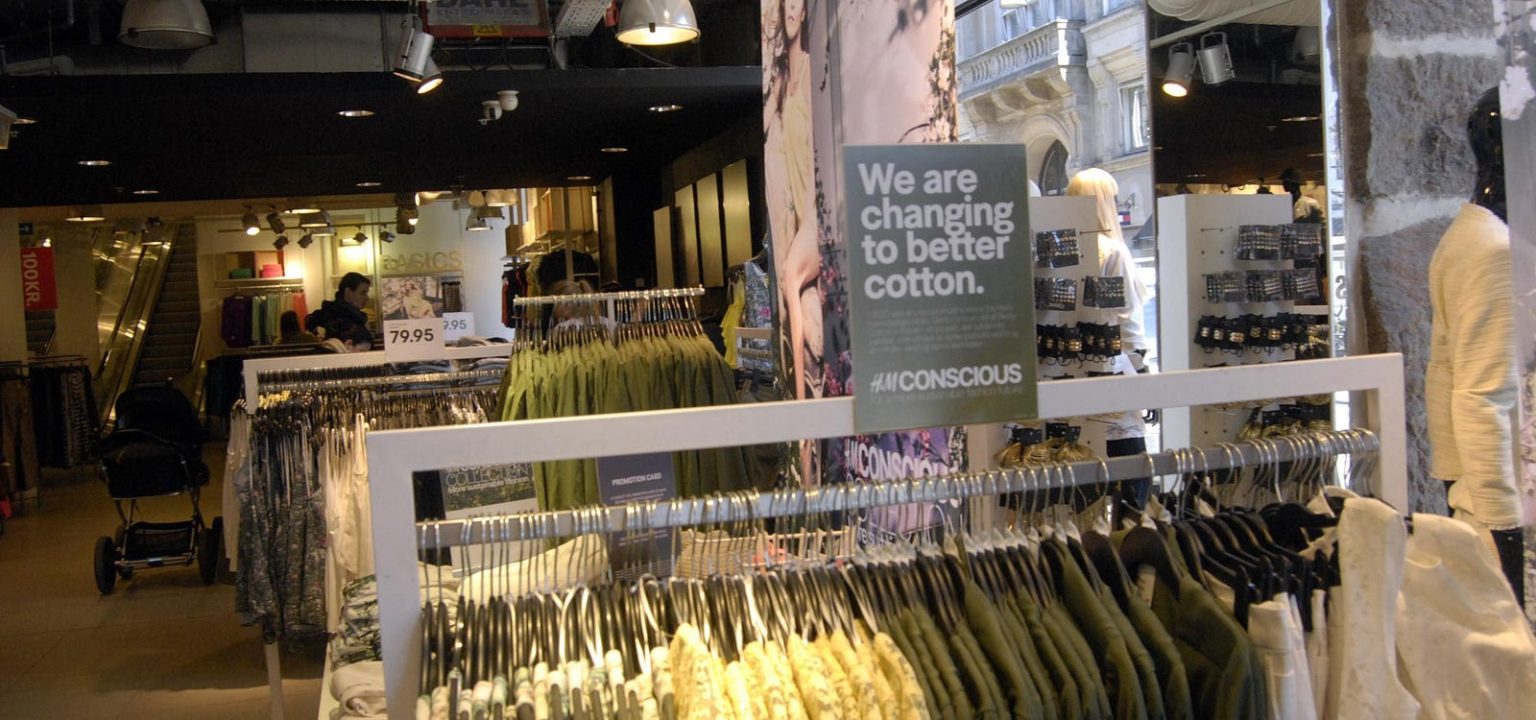The apparel industry is facing a dilemma: how to stay true to sustainability initiatives when consumer priorities are shifting. Buzzwords like “recycled plastic,” “organic cotton,” and “eco-friendly” were marketing gold before the pandemic, signifying a brand’s commitment to environmental responsibility. New direct-to-consumer brands were popping up, each carving out its own sustainability niche to cater to the environmentally passionate masses who chose to use their dollars not just on a pair of jeans but on a pair that also helped fight pollution. Since the sustainability heyday of 2019 – before the pandemic put other problems on our plates – it seems that many brands still have sustainability commitments, but are exempting these initiatives from the core of their identity or marketing efforts. Have brands lost sustainability steam, or has the consumer shifted their attention elsewhere?
The pandemic put an immediate pause on sustainability initiatives as brands grappled with shutdowns and supply chain issues, and consumers faced a completely new reality. Inventory deficits were immediately followed by inventory excess, then came the markdowns, then inflation. It’s been years since we have seen industries, particularly fashion, begin to normalize since the start of turbulent waters. So, where does this leave sustainability today?
Well, consumers are still interested in sustainability, but it may not be the driver it once was. According to research firm CivicScience, about 6 out of 10 adults purchase sustainable fashion or beauty products. However, for 36% of these consumers sustainability is not a motivator, and 28% would not pay more. Consumers care, but they feel that sustainability is a table stake of doing business. While it’s a nice-to-have, price, innovation, and trend may outweigh any desire for sustainability. How can a brand stay true to sustainability initiatives when the desire for the consumer is there, but not front and center?
Collaborations seem to be one solution. Investing in factories and materials can be a burden for many brands, but we are seeing more cross-industry collaborations, so brands don’t have to go at it alone. Dr. Martens launched a recycled leather collection in collaboration with Genopox, a leading producer of recycled leather. As part of the company’s commitment to making its business completely sustainable by 2030, Lululemon has partnered with sustainable materials firm Genomatica to make renewably sourced products for men and women.
Clear communication is also key. Strong Roots, a plant-based food company, surveyed 1,000 consumers in the U.S., UK, and Ireland and assessed their attitudes towards climate labels and consumer sentiment towards carbon footprint while shopping. More than half (52%) of respondents were more likely to purchase a product if the producer had transparent climate footprint information. They also found that nearly 60% believe there isn’t enough knowledge and education about climate labeling and the impact this has on climate change. So, they are using their packaging to highlight their initiatives, displaying their B Corp certificate and climate footprint on the front of their packaging. Beauty is another industry making strides in transparent packaging. During the 2024 ChangeNOW summit, Sephora announced two new product labels, “Clean at Sephora” and “Planet Aware at Sephora” seals. This marketing will give more transparency to consumers as to how the retailer communicates on formulas and their environmental commitments.
It seems that the spotlight on sustainability has somewhat dimmed, but that’s because consumers feel that it’s table stakes to doing business. Brands and retailers need to adapt to the evolving consumer mindset and find ways to integrate sustainability seamlessly into their core offerings. Whether through collaborations, clear communication, or innovative approaches, the key is to strike a balance between environmental consciousness and meeting the ever-changing desires of the modern shopper. By staying agile and responsive, the fashion industry can continue to make strides toward a more sustainable future while capturing the hearts and wallets of conscious consumers.
Read the full article here





